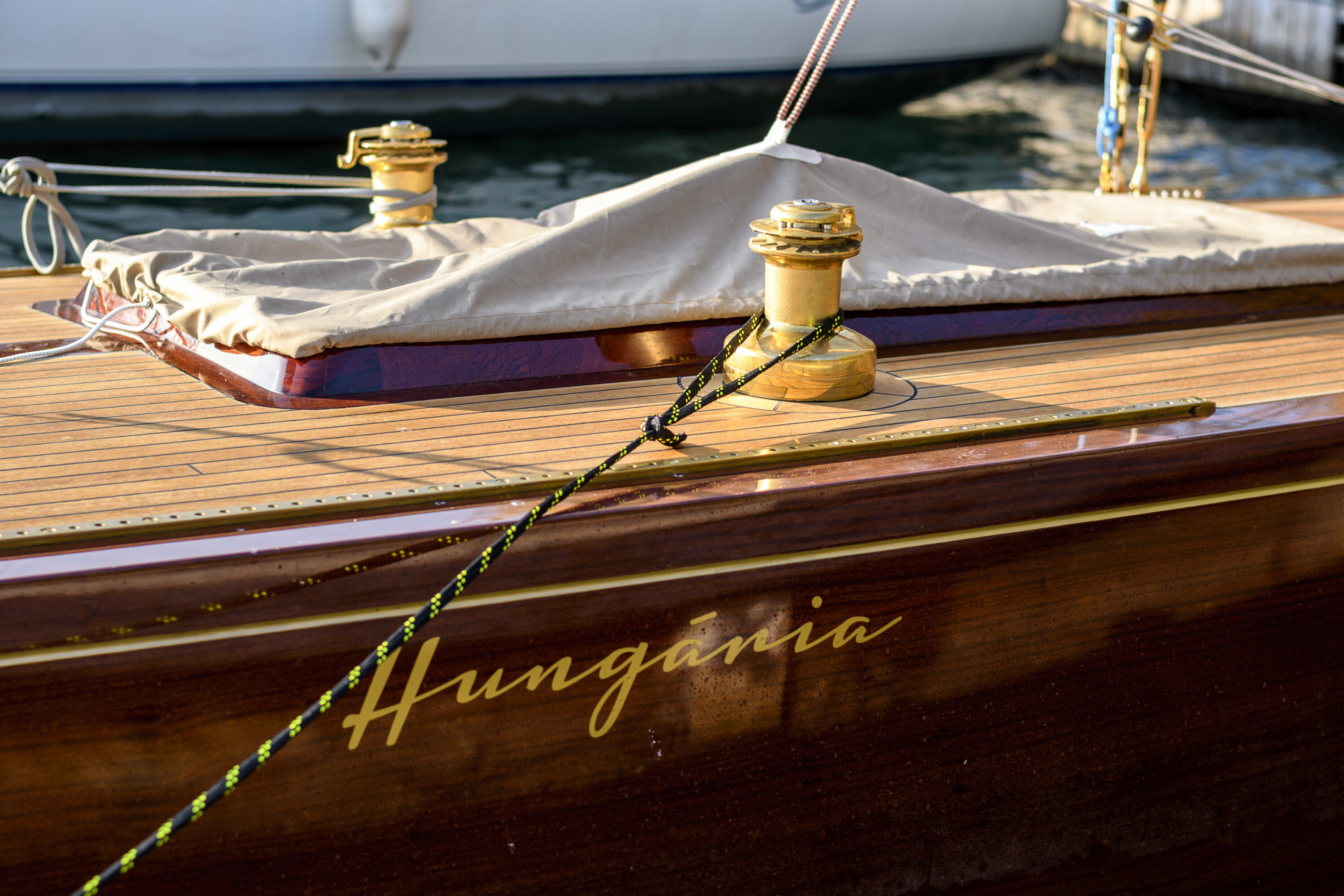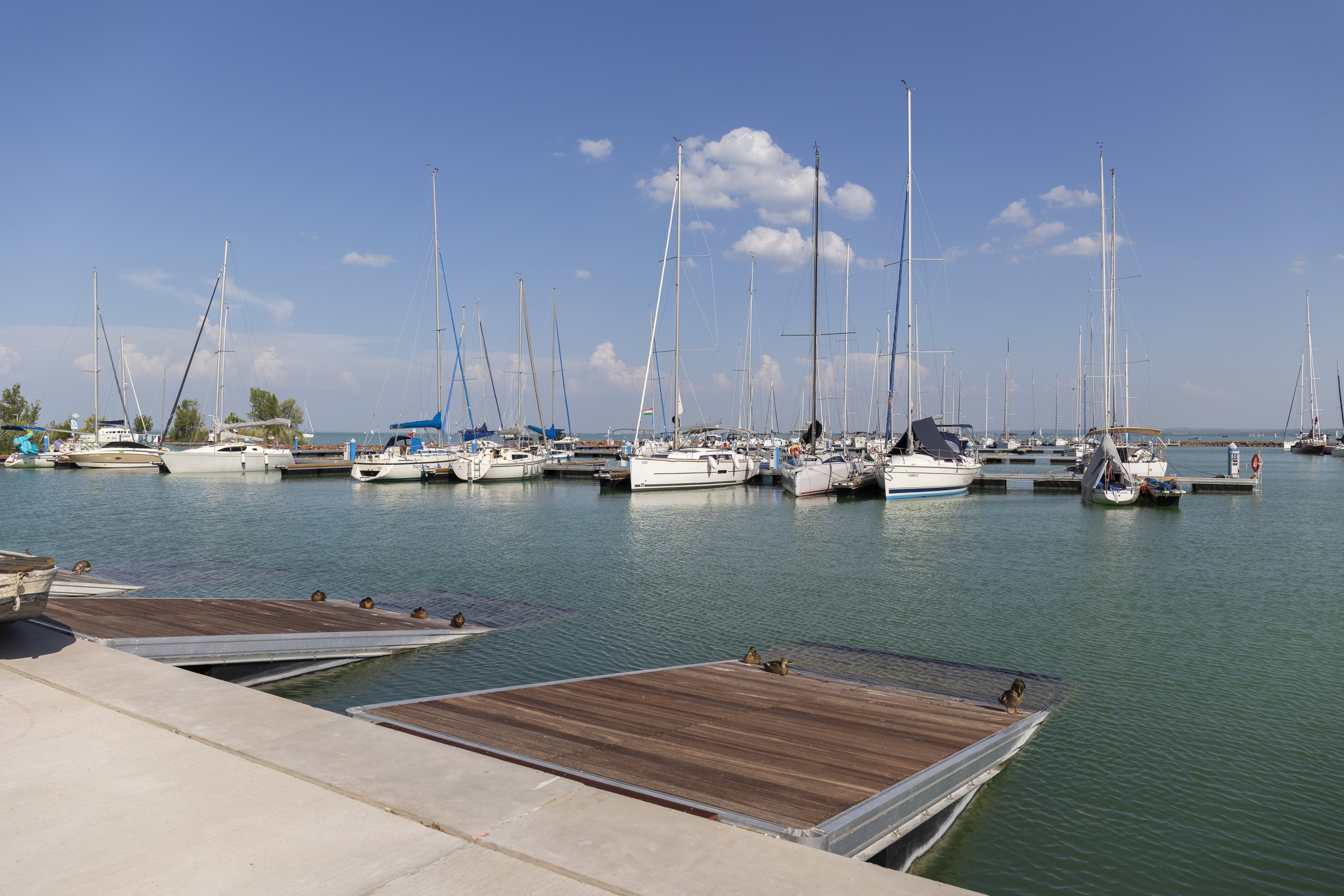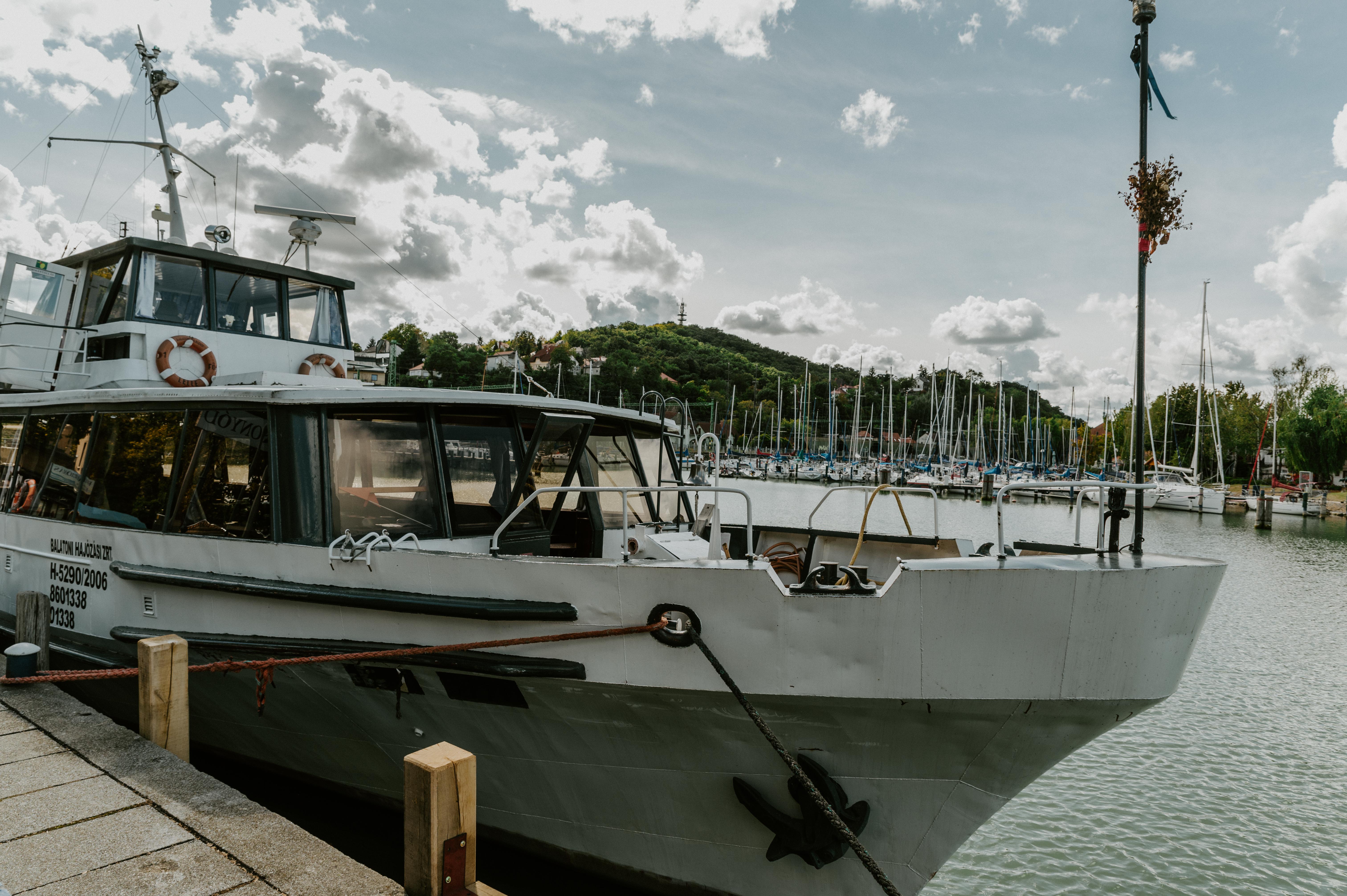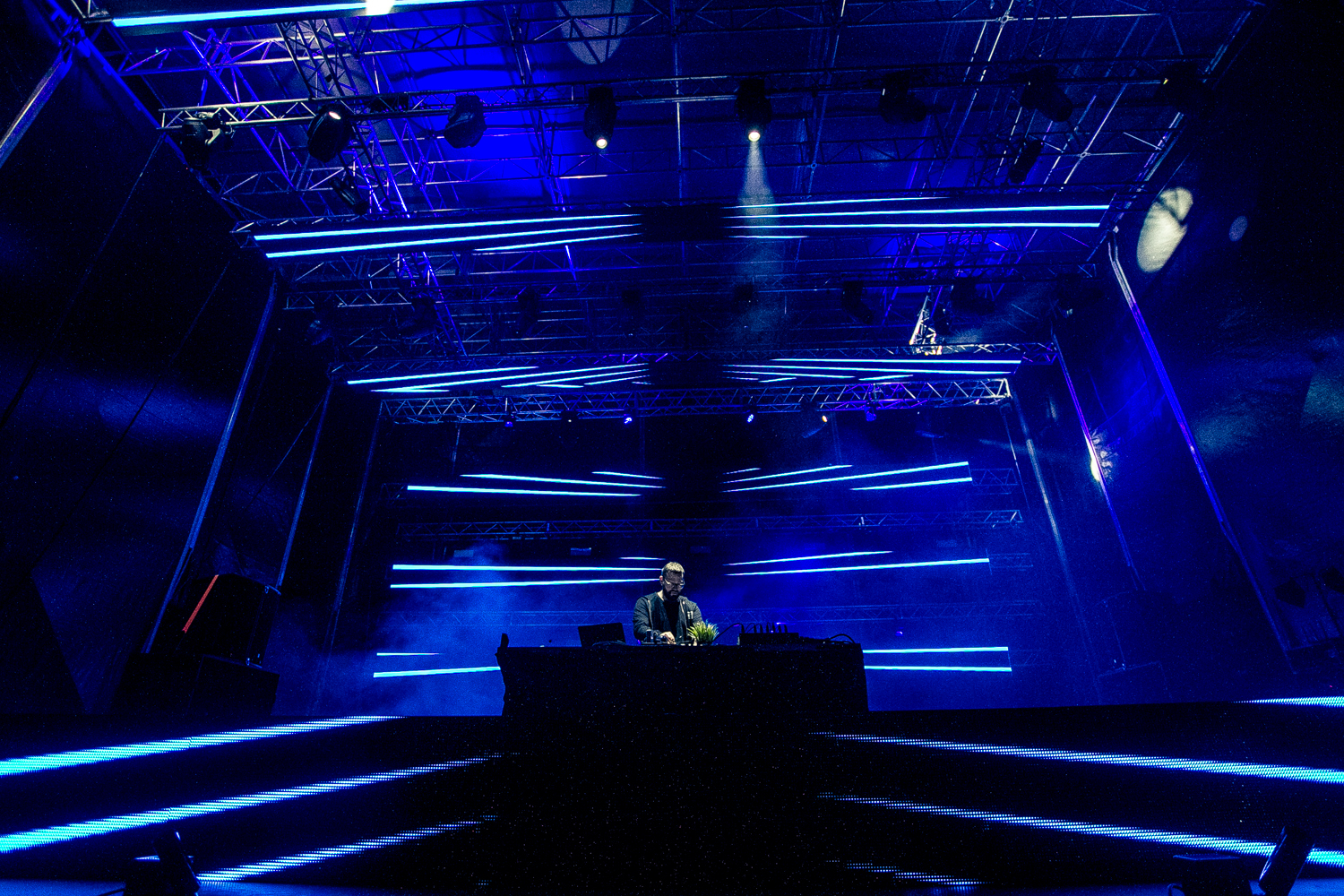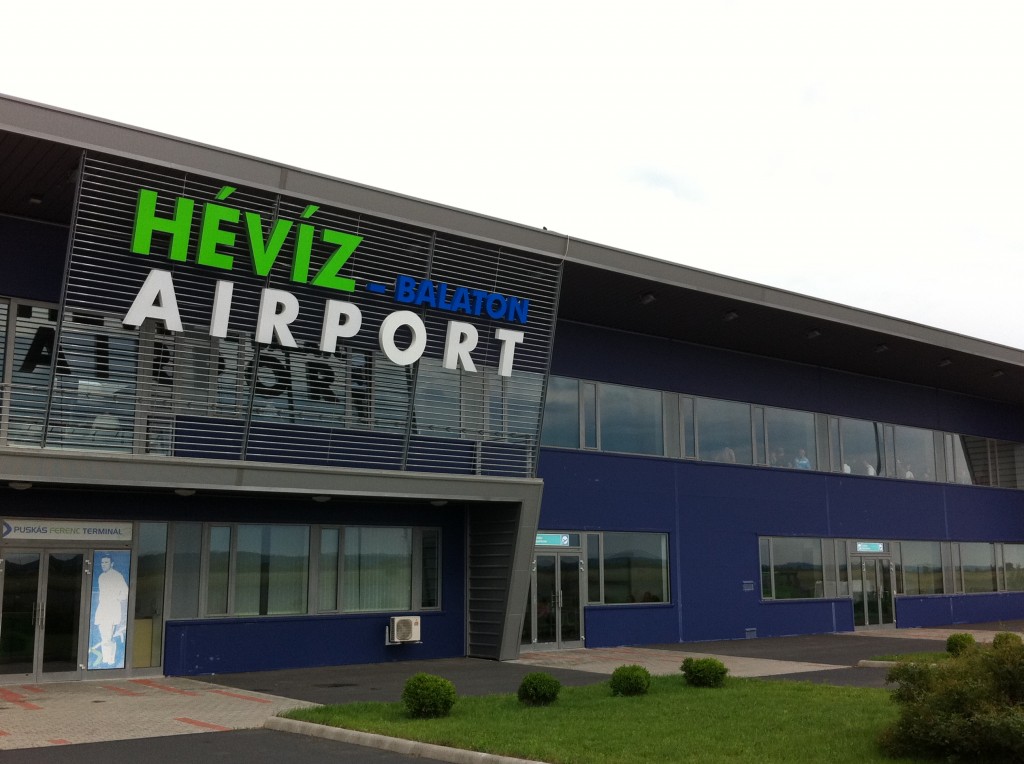Even the Norwegian prince should (have) let it pass
Porthole.hu reported about the ship’s refurbishment last summer, and in their article they quoted a study about the ship’s history – that’s how we know that the cruiser was originally built for the 1928 Olympics that took place in Amsterdam. Although the team of Hungária didn’t win any medals for Hungary (they finished on the 11th place out of 13), they made history twice. Sándor Burger, Tibor Heinrich, János Mihálkovics, Sándor Sebők, Dr. Miklós Tuss were the members of the first Hungarian Olympic “sailing team”, and it was the first time in the history of modern Olympics when, due to an awkward situation, it was stated that it’s a fair play game – meaning that not even kings (or princes) had precedence over other participants.
This legend is still alive today. According to it, Hungária crashed with the Norwegian Norna during the third race, and crown prince Olav V was among the crew of that boat – with the unspoken sea-rules still in effect (that now live on as legends), kings always had the right to pass first on water. What probably really happened was that, due to the malfunction of the starting pistol, the Norwegians made an unexpected maneuver that led to the crash. Later, in 1947, Hungária, or more precisely the team on it, won Kékszalag, and then another 15 different championship-titles as well from 1965 to 1990. So the ship is really legendary to those who know this sport and are enthusiastic about it.

What was the biggest challenge? Everything.
Renovating Hungára (officially Hungária 6R yacht) was a real challenge, and, as it turns out, to work on the boat that now rests at Tihany Yacht Club was a prestigious thing to do for Veszprém’s Navalia Ltd. The “town of queens” was where we met with Lajos Cittel who manages the workshop: “What was the biggest challenge? Everything. We had to rebuild it all except for the keel. But we love old boats, and Hungária was missing from our selection”. To understand the shipbuilder’s longing, it’s good to know that there are only three R yachts at Lake Balaton: Hungária, Talizmán, and Tramontana.

Seeing the small workshop of Navalia it seems impossible to believe that wonders happen in there. Lajos Cittel, who originally wanted to be a marine engineer, and who is called Cimbi (“Buddy”) within the sailing community, became a shipbuilder when he realized at Füredi Hajógyár (Füred Shipyard), that nowadays ships are made from metals and composite materials. His love was wood, and it still remains. “This trade is dying, there’s technically no training today. Some people end up here during their traineeship, but as soon as they get the chance they’ll go abroad where they’ll earn a lot of money, albeit they work like slaves.”

When we asked him why Hungária was missing from the “selection”, Cittel told us that they refurbished Sirocco and Nemere II previously, and what’s more, he’s been steering the former even today, while the latter belongs to Róbert Láng, a businessmen who’s well-known among sailors. Just like Hungária. So, in a way, refurbishing Hungária was like the cherry on top for Navalia, a cherry that every shipbuilder would be happy to eat.

Ready to race
The last time the ship was in water happened in 2008, and it was decaying ever since. Due to problems with financing, the refurbishment only started in 2016, and it took about a year to bring the more than 11 meters long sailboat back to its original glory. Well, almost: there are a few changes – the cockpit is now oval while originally it was rectangular, but they couldn’t make it like that due to ship’s classification.

The shipbuilders tried to refurbish Hungária in a way that will fulfill the requirements of the so called international classic category. This way the sailboat can participate in international 6R races so Hungária will pop up at national and international waters as well starting from next season. They say that the devil is in the details, but this is not the case now: the quality of every little element is obvious even for those who know nothing about boats. The screws, casters, and capstans are all authentic in their appearances.

What’s next?
We can inspect these details in Tihany, where, thanks to the harbor master, we can closely admire the sailboat that was resurrected from its ashes. Gábor Galambos told us that the ship still isn’t a 100% done, but he didn’t tell us the details. It was the end of the season when we visited, so they winterized it, just like they did with all the other ships; it also means that there’s time to finish every little task by the next season.
